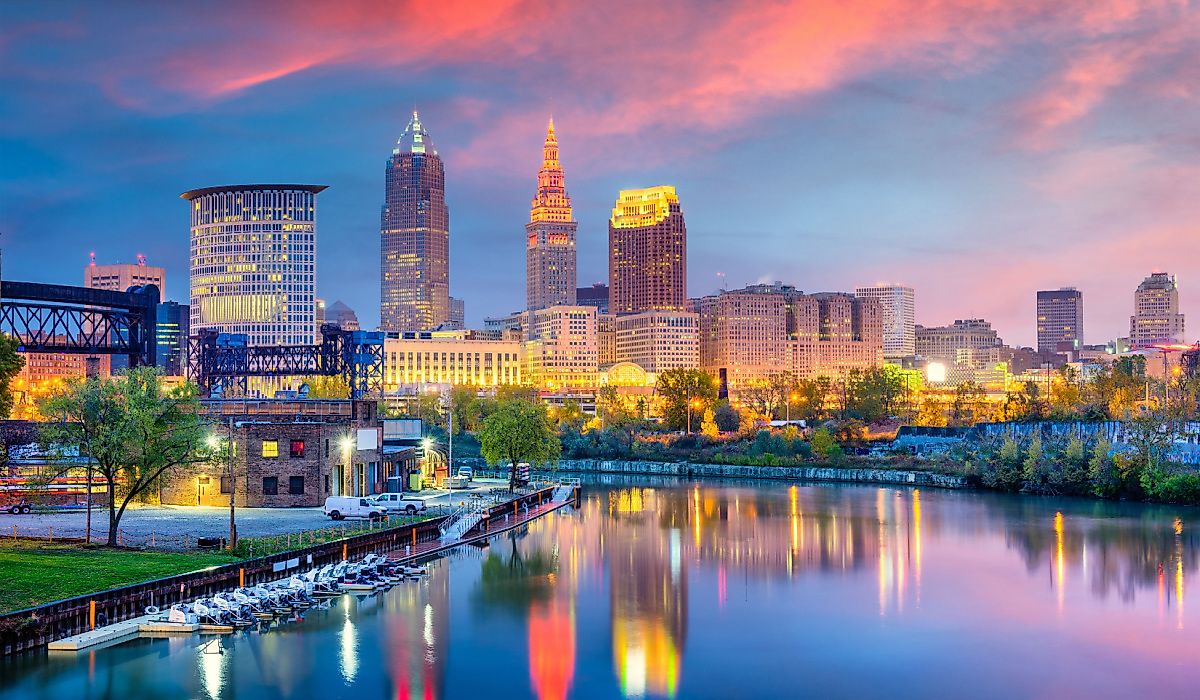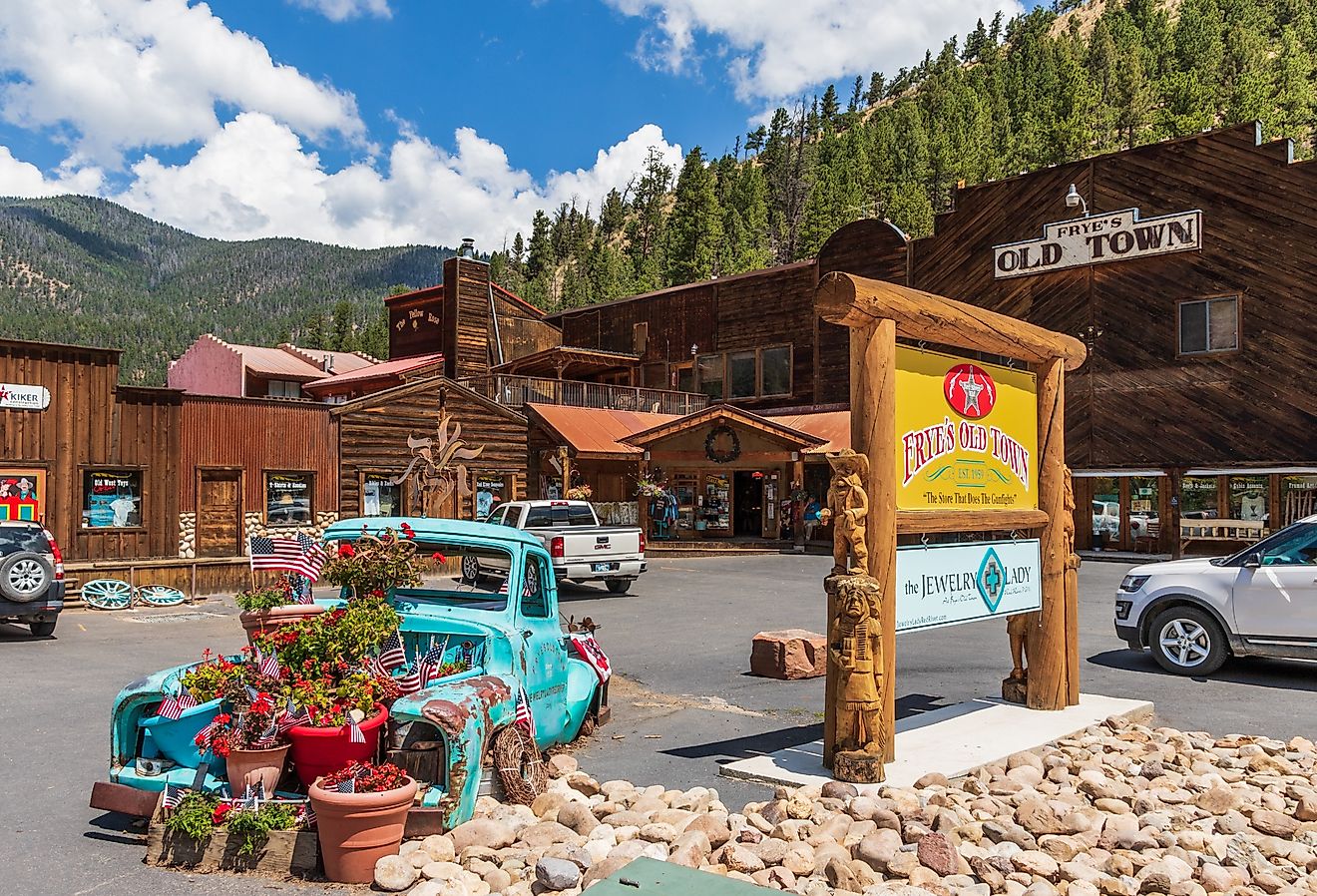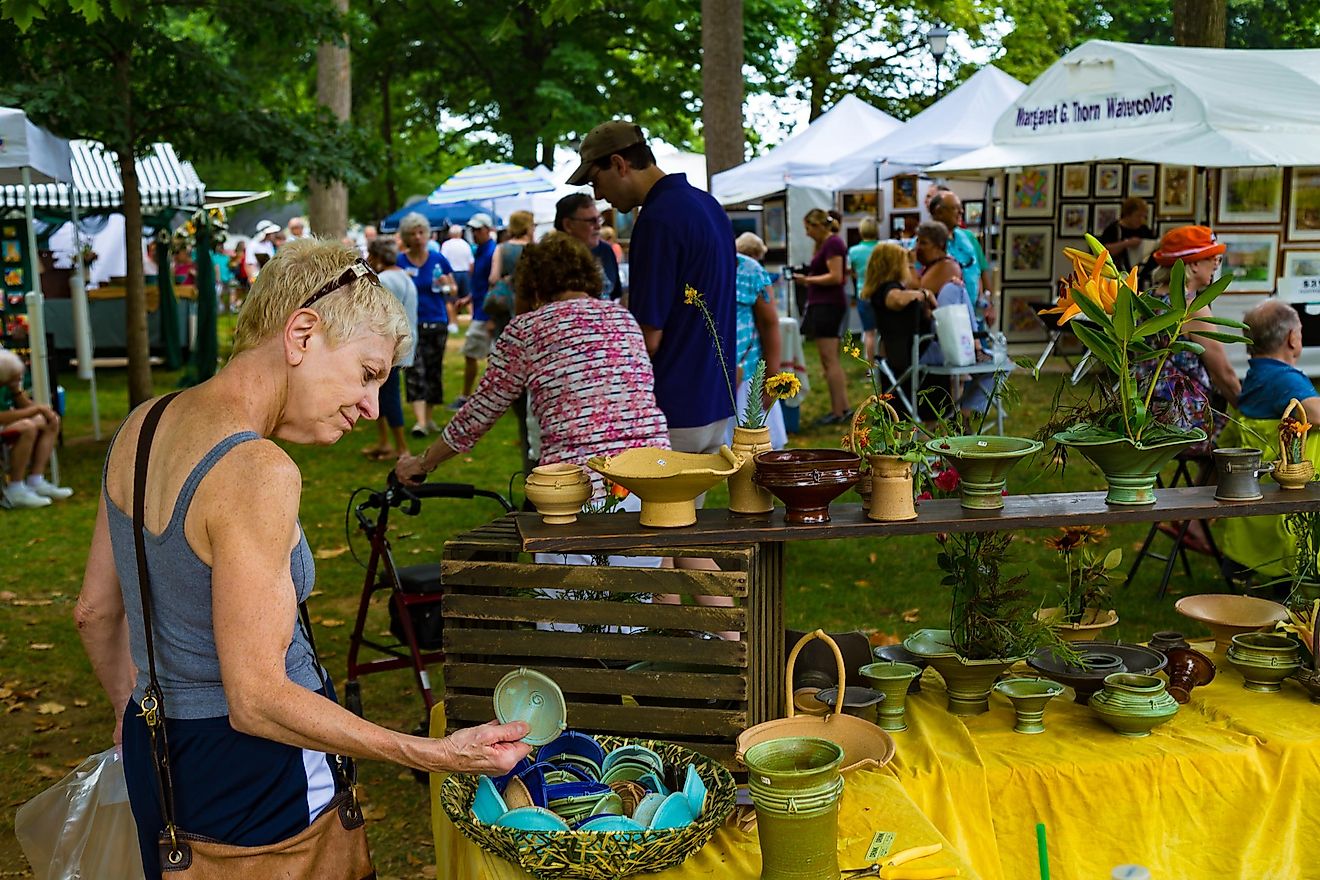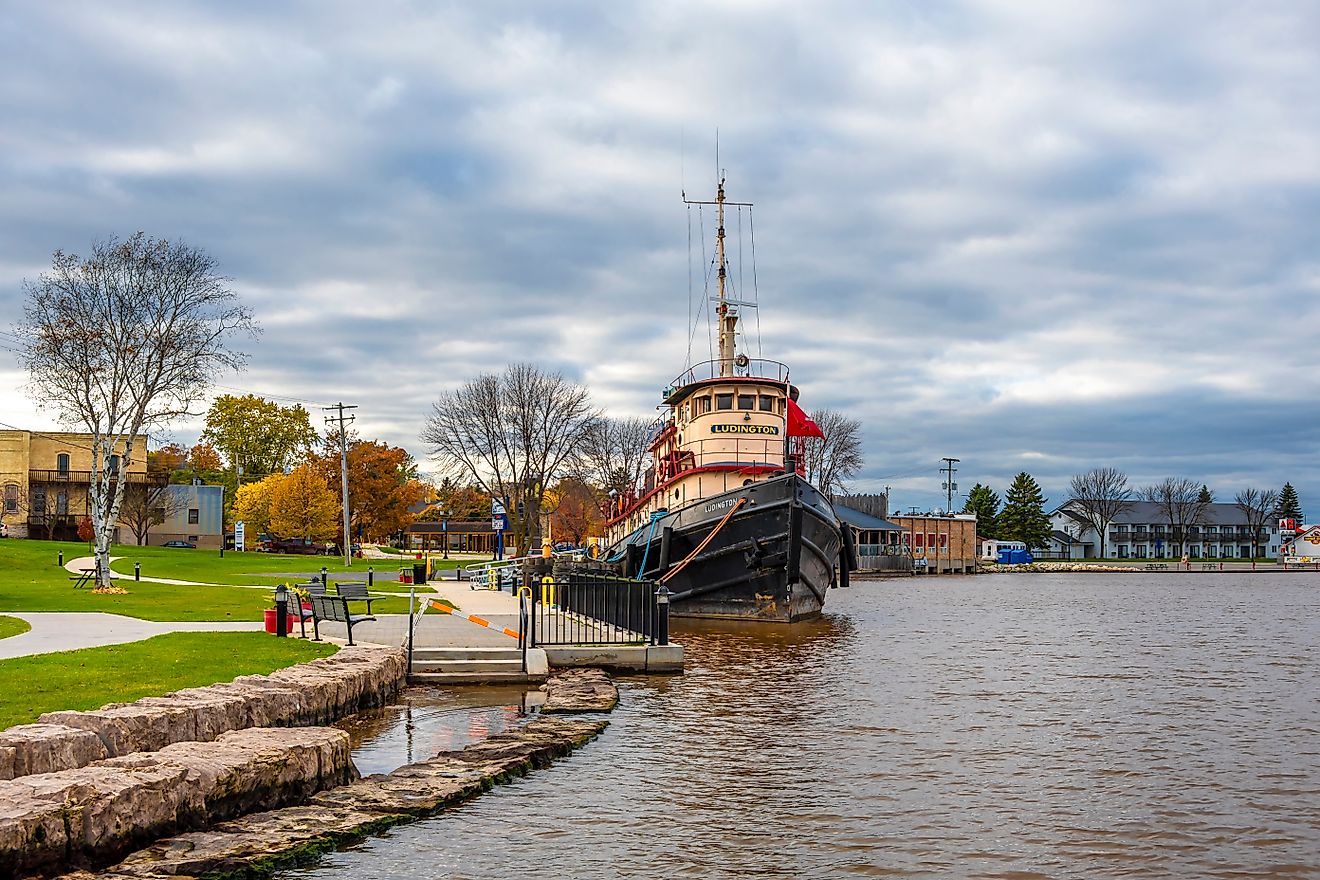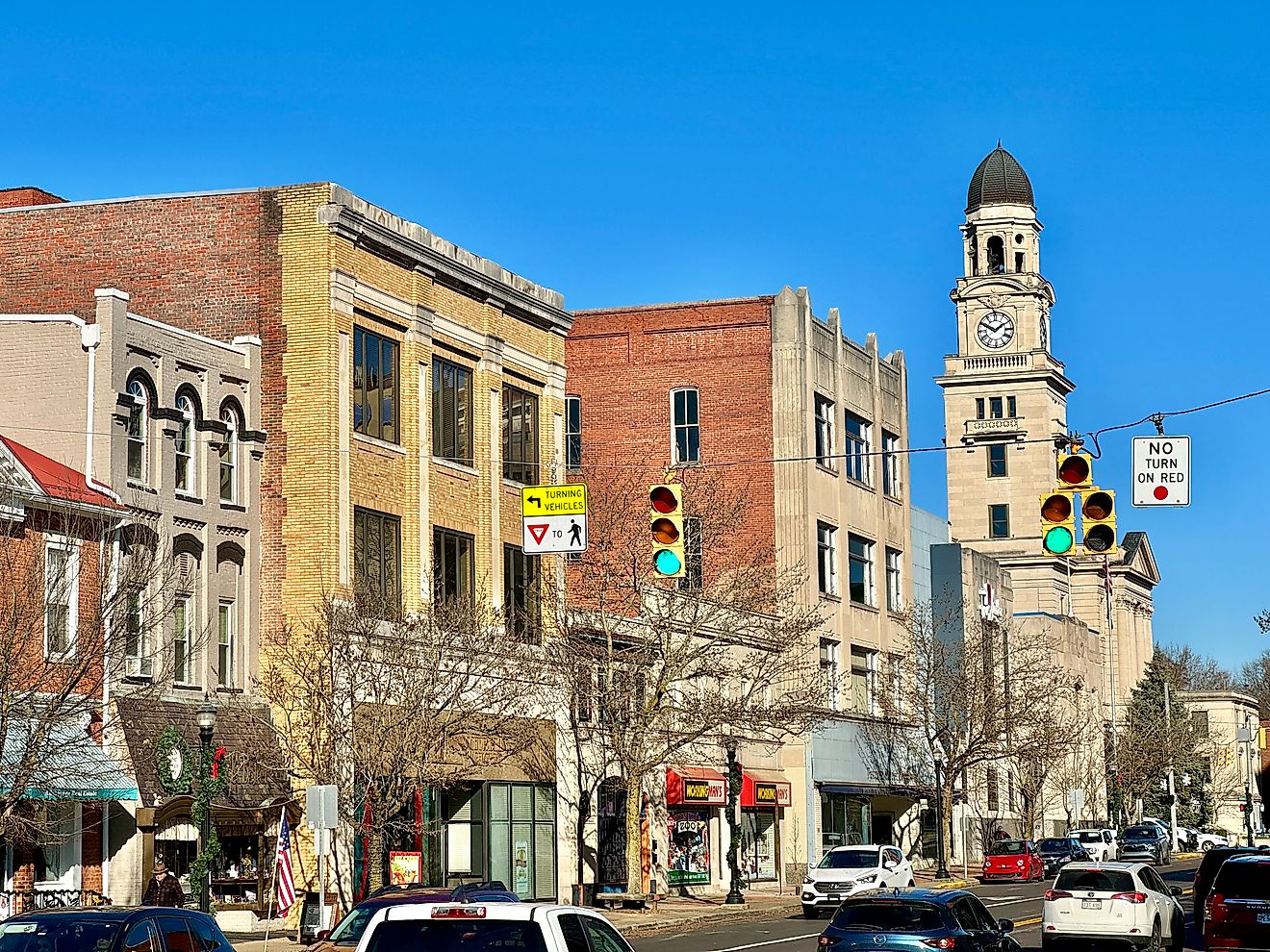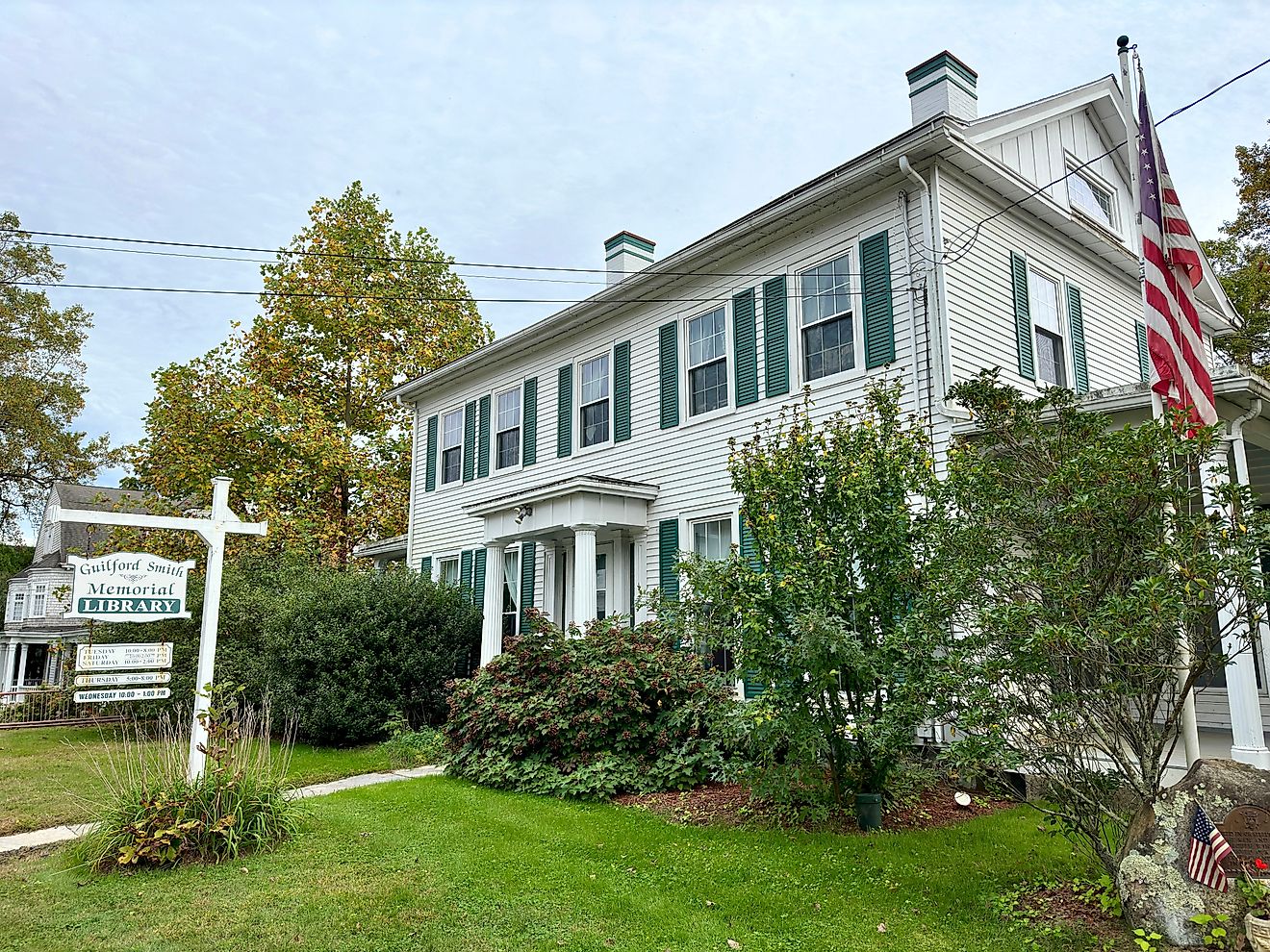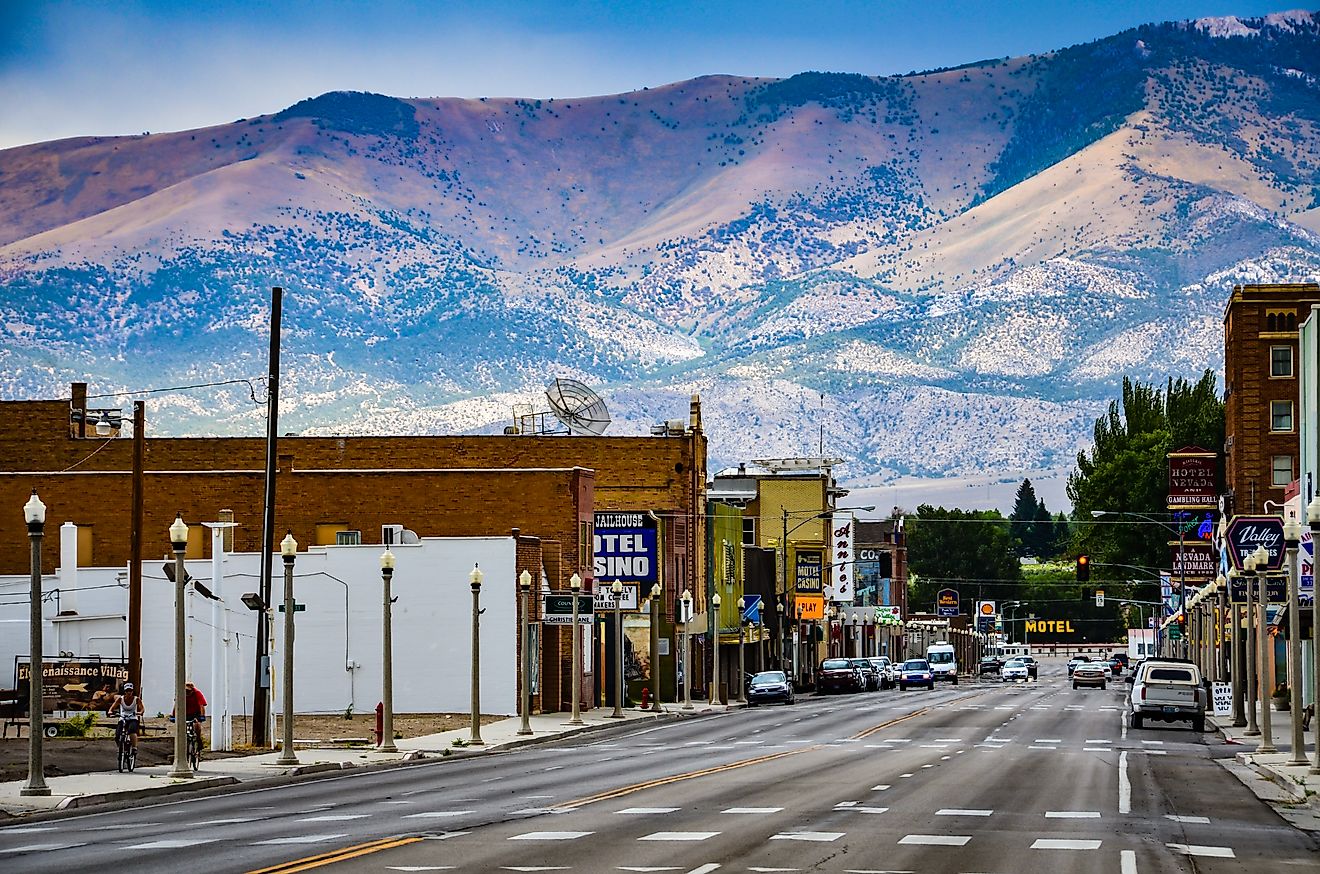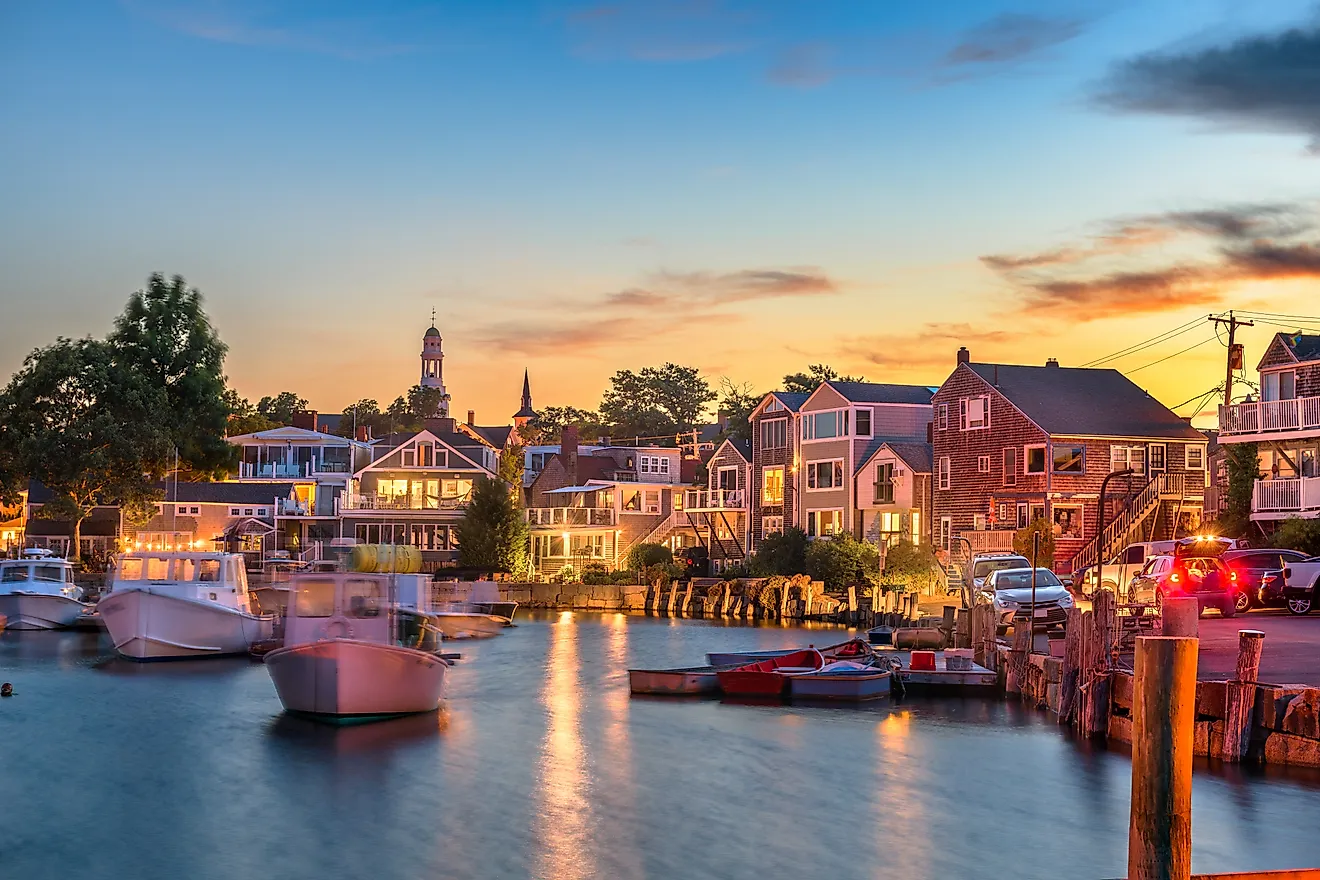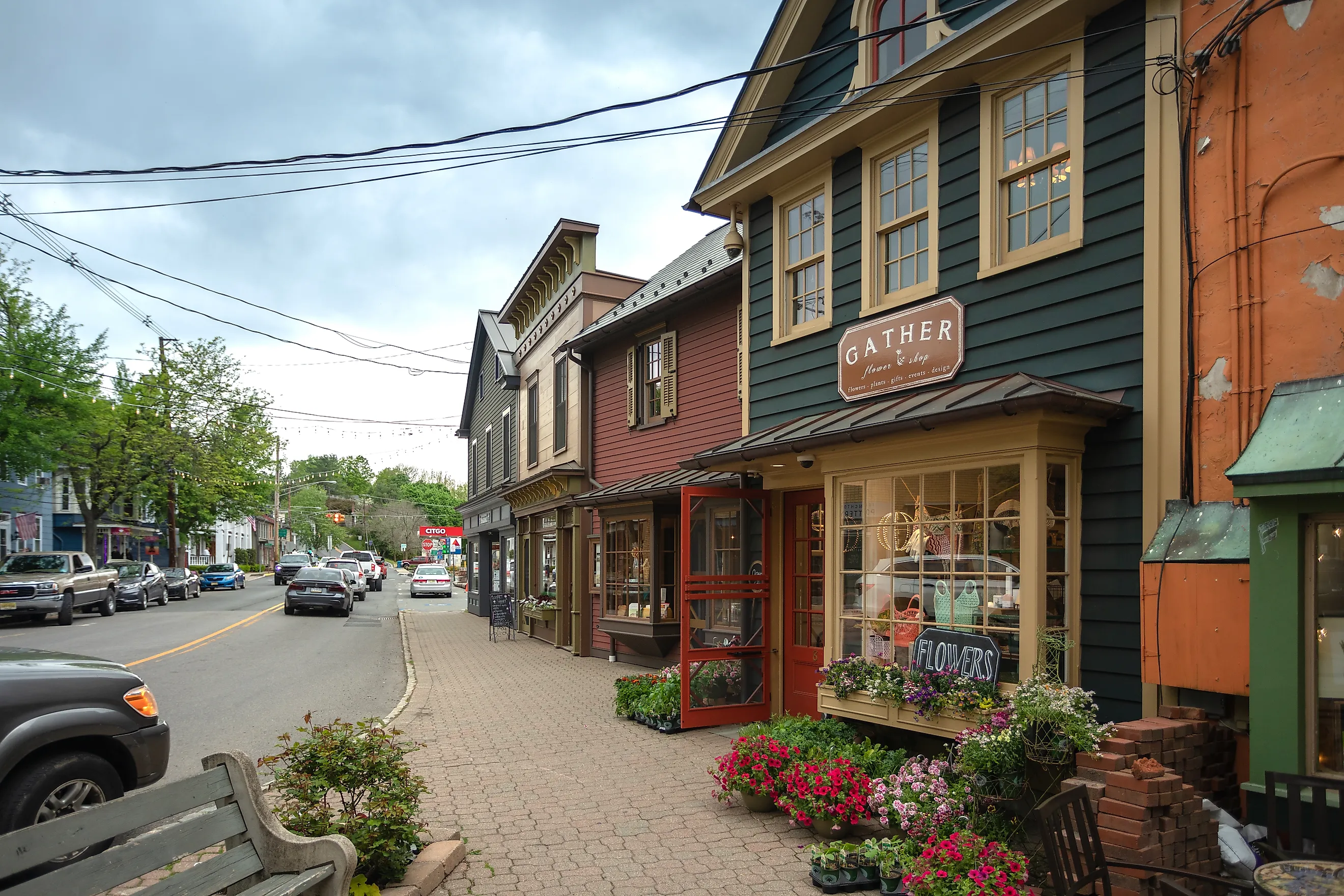
7 Prettiest Downtown Strips In New Jersey
One of the original 13 colonies, The Garden State's history runs as deep as the founding of the country, and with its depth in roots and dirt, there are holdovers from a vastly different times: the heart of which are tiny slices of heaven that include historic buildings, small businessess, and legendary locations, all located in small downtown strips, scattered across New Jersey. To bring attention to them, and indeed to celebrate them, here are 7 of the prettiest downtown strips in New Jersey.
Frenchtown
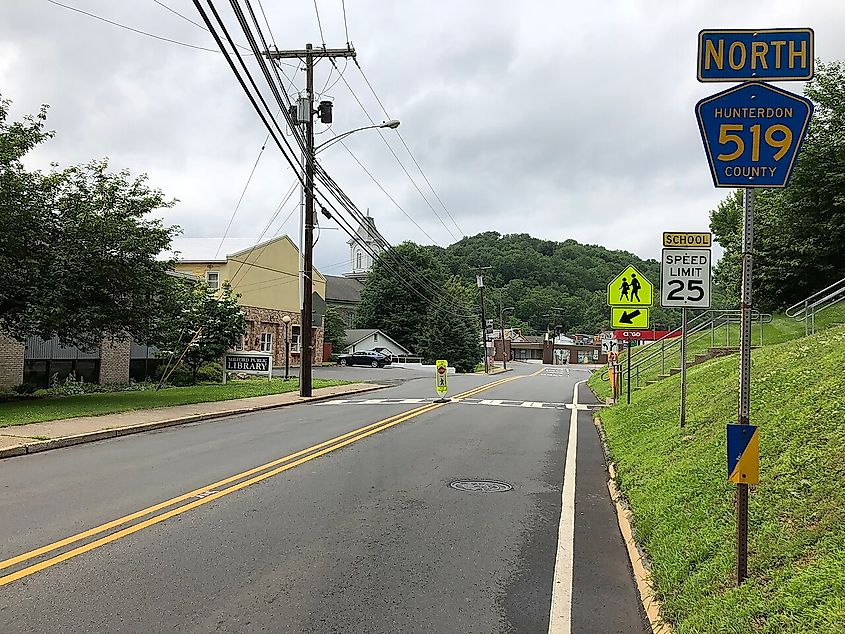
Officially formed in 1867 and gaining its name from the influx of French speakers in the 19th century, Frenchtown's true roots can be traced all the way back to the revolution and even further back with the Lenni-Lenape tribe. And while the town struggled with frequent flooding in the past, its revival and industrial turn in the 19th century have led to a wonderful, red-brick downtown area.
Today known for its nearby landmarks, such as the Uhlerstown-Frenchtown Bridge that overlooks the Delaware River and leads into Pennsylvania, Frenchtown's immediate downtown attracts plenty for its small and quaint shops. A day trip is not complete until a visit to the Frenchtown Cafe, where they serve Belgian waffles as well as other breakfast goodies. And who says the town has no artistic side? The ArtYard's rotating gallery is plenty impressive, but the proactive approach to art as seen with their exhibits makes it all the more memorable. At the time of writing, Alex Callender's American Lawn is making headway and leaving lasting impressions—all the while Frenchtown's beating downtown grows in fame.
Spring Lake

A small town at the edge of the New York/New Jersey Bight that leads to the greater Atlantic Ocean, Spring Lake has in mind the kind of Gilded Age architecture that tells that at one time, the area was a playground for the elite and high society—and while that era might have ended, the rich never fully left Spring Lake, but its days of parties and resorts have ended.
And while Spring Lake's beaches are kept clean and marvelous year-round (like Washington Ave. Beach), its downtown is equally worth the attention, as Lake Como and Spring Lake sit right in the middle of it! A rarity among downtowns everywhere, while ponds are frequent enough, full and large lakes in urban areas are another thing entirely. For instance, Lake Como is only a few streets away from the noted bar St. Stephen's Green Publick House, and from there is the specialty that is Hoffman's Ice Cream. And any observer would find that this town is built around the water, and the original buildings and houses of the Gilded Age remain nearly as they were 100 years ago, and though said structures may serve another function, they are products of the lake and environment nonetheless—a defining characteristic of Spring Lake.
Cape May
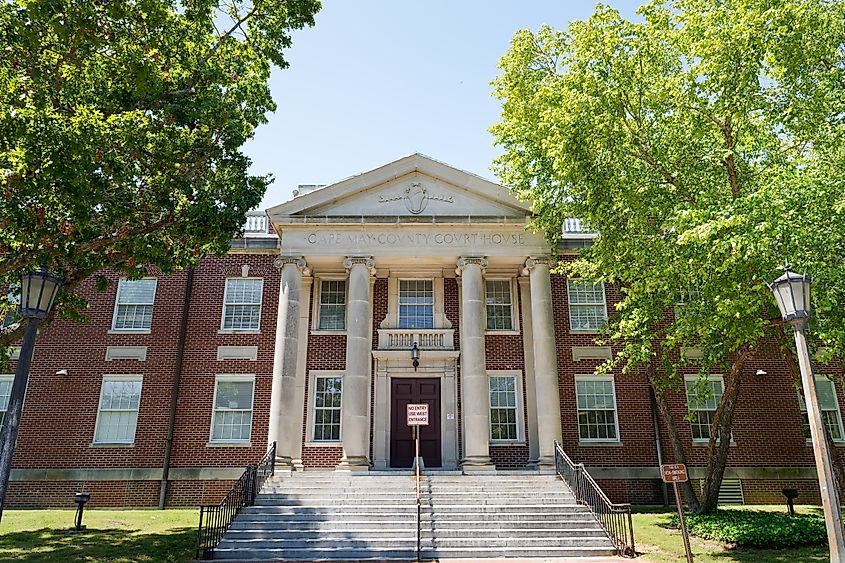
A treasure on the beach, Cape May exemplifies what a coastal town is supposed to be: clean, welcoming, and conscious of the ocean's beauty. The Victorian architecture may catch one off guard, rightfully so, and even more surprising is that the entire town has been designated a National Historic Landmark since the 1970s. The reason why is because Cape May is one of the oldest resort vacation spots in the entire country. What this entails is that places like Cape May Beach have not only been popular since the 1800s but still are well into the 21st century.
And what a sandy and seaside haven its downtown is. Washington Street Mall is one example of the kind of places one may expect to find in Cape May: fine streets with numerous small businesses and architecture reminiscent of white sands. Along with the occasional B&B (like Beach House B&B), there is also a perfect take on the classic Cape May house known as the Emlen Physick Estate, an intact and preserved Victorian estate that recounts the history of its past high society owners, as well as the history of Cape May. This, and plenty more, are all located right at Cape May's heart, with the beach less than minutes away.
Haddonfield
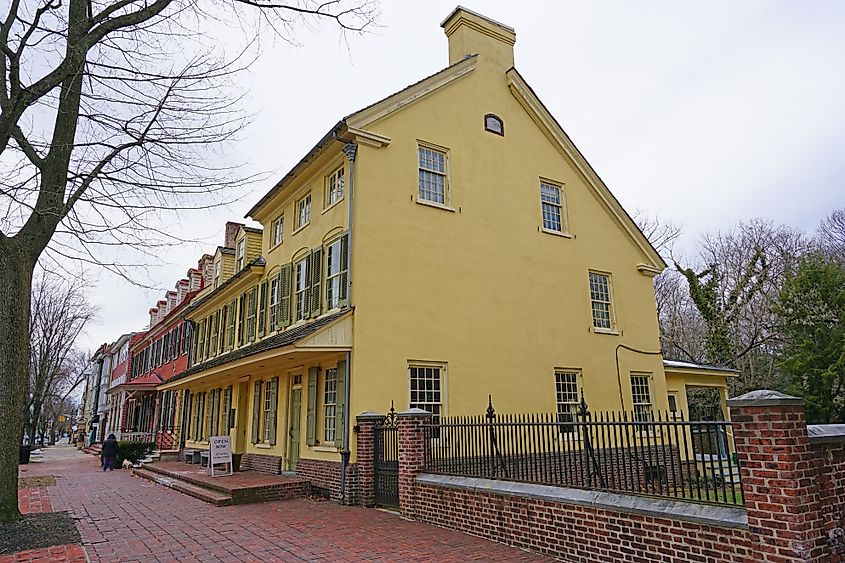
Known around the country not for its quaintness or for Evan's Pond, but because Haddonfield was once the site of a famous paleontology site. William Foulke unearthed a Hadrosaurus in 1858 after hearing about the findings of a local by the name of William Estaugh Hopkins. "Haddy", as the fossil was affectionately named, became a local celebrity, and even the state of New Jersey adopted the Hadrosaurus as the official dinosaur of the state.
Probably the best part is that Haddy's legacy lives on. The fossil may no longer be in town, but in its place is a gigantic 17-foot sculpture that greets all in the middle of downtown and is, of course, an attraction in its own right. Nearby, another historical structure ties Haddonfield directly to the times of the American Revolution. The Indian King Tavern Museum is where The Declaration of Independence was not only read, but where the official seal of the state was adopted. It is a pivotal site dedicated to the history of the state and the roots of the country. And both the statue of Haddy and the museum reside in Haddonfield's downtown—with Haddy's actual excavation site mere minutes away.
Montclair
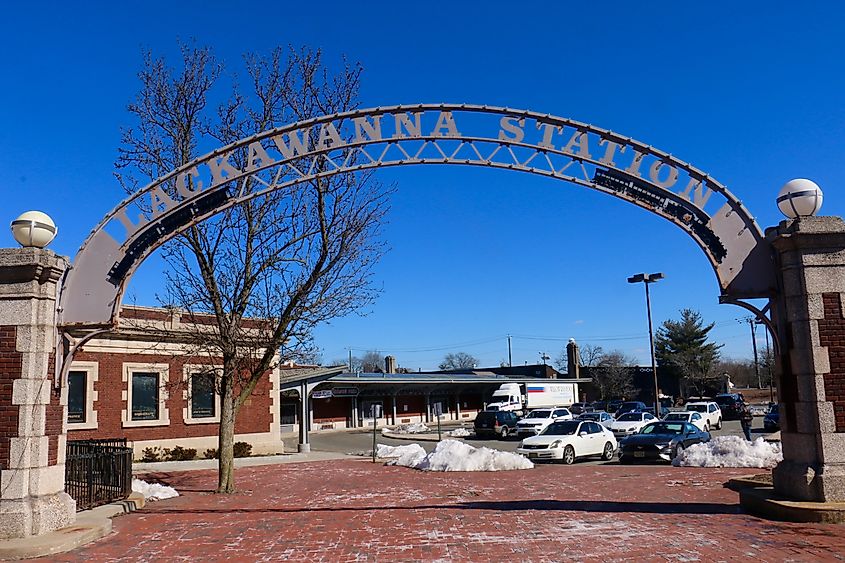
An artistic paradise, Montclair is said to be a home fitted for the fine arts, and by all means, this is correct. How could it not be when the town's downtown is home to multiple gardens, parks, museums, and art galleries? Among its historical prestige is the Montclair History Center, a two-acre property in the suburbs of downtown that recounts the stories of Montclair's humble beginnings, as well as the Crane family home, and how the home came to be a museum that now serves as an informative gesture of well-meaning for the area's locals and visitors.
And now it must be mentioned what casts the biggest shadow in Montclair, the Montclair Art Museum, perhaps the lifeblood of the town as it is now. Internationally famous, not just nationally, the museum has featured the works of titans such as Abelardo Morell in the past, and its current and grand exhibit is on George Inness, one of the great American painters. Particularly focusing on nature and broad strokes of the landscape, George's works can rest easy knowing that Montclair is one of the few art capitals of the States.
But do not let the shadow of MAM prevent one from seeking the other galleries of downtown Montclair, for plenty are deserving of recognition. The Tiny Gallery falls under this umbrella, and its uniqueness and focus on "tiny" arts ensures that it sticks true to its name. Its principle is that tiny art is more accessible; no studio or fancy supplies needed—anyone can become an artist in this regard, and in their defense, the Tiny Gallery has showcased emerging and outstanding artists—it is unbothered that it shares a town with MAM.
Asbury Park
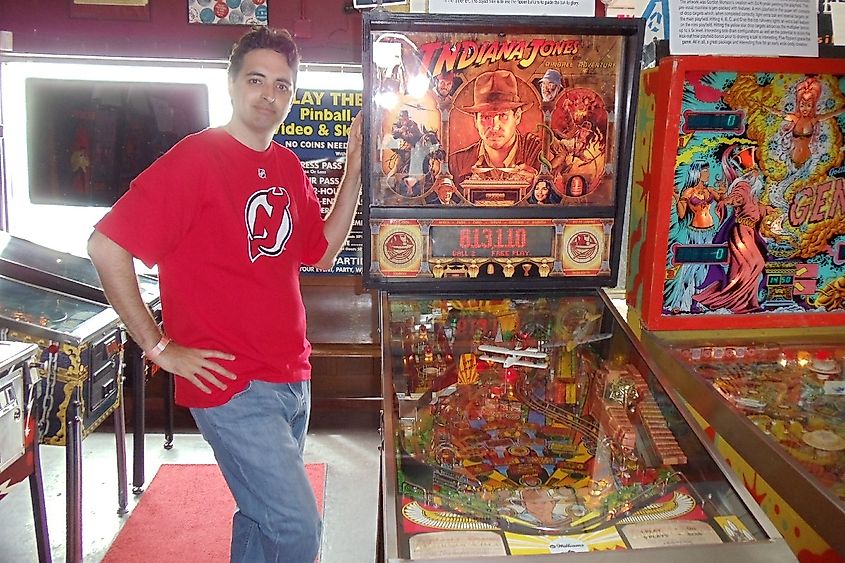
A legendary New Jersey town, Asbury Park is known primarily for the Asbury Park Boardwalk, a historical landmark that includes a mall beachside, concerts, frequent events, and is basically an entertainment haven right by the ocean. This, however, is not about the boardwalk but about downtown Asbury, an equally wonderful place that bridges all parts of the town together.
There are places like The Paranormal Museum-Paranormal Books & Curiosities that have burrowed their way into the popular and public consciousness. And though curiosity museums are dwindling in number, this curiosity has frequent ghost tours, haunted objects, and allows more hands-on paranormal investigation within its inner sanctum. And who can forget the Stephen Crane House? The American novelist and realist who was a lifelong writer and creative genius—forgotten and then remembered after death, his writings have become part of the American classics. Today the Stephen Crane House is recognized as one of the houses of his youth, despite not being his birthplace. Literary, artistic, and community events are held there often, and the entire property pays homage to the great writer.
And while more becomes readily available the closer one gets to the beach, downtown Asbury Park, in its magnificence, leaves just as valuable of an impression as the boardwalk.
Red Bank
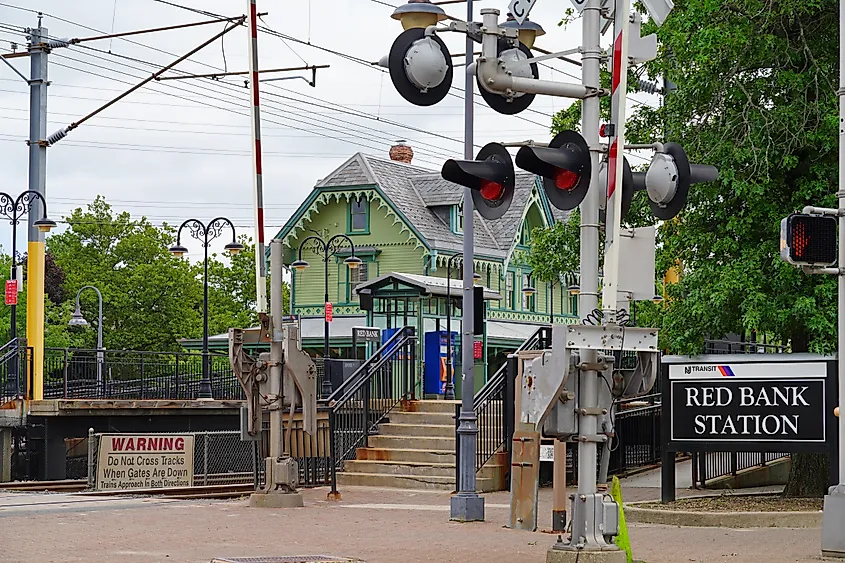
Situated on the Navesink River, Red Bank is an underrated town with more famous neighbors. Yet there is something special about this quaint town, and quaint is exactly the best word to describe it: its downtown is peaceful, it manages to have unique businesses and multiple kinds of nearby theaters, and the charm of Red Bank never ceases.
One such example of Red Bank's soul is Jay and Silent Bob's Secret Stash, all things comics and books. Based off the legendary characters of the movie Clerks (1994), Kevin Smith opened the shop (he played Silent Bob) out of passion, and that passion never left. The store now sells movie paraphernalia and mementos, some of which are even signed.
And the artistic side of Red Bank is deep within the tradition of the performing arts, as Two River Theater (recognized by the Theater Alliance of New Jersey) puts on a total of 40+ annually, with an upcoming performance of The Price by celebrated American writer Arthur Miller. It is not just Two River Theater either, as within Red Bank's downtown, there are smaller theaters that have their own productions. From the view of the street, a place like the Count Basie Center for the Arts has its perfect home made in town, as Red Bank is now tied to two movie star legends, as well as more local theaters that are dedicated to putting on a good show.
Why These Towns?
New Jersey runs on no short list of towns with their historical interests, backgrounds, and oddities, and while each and every town on this list is wholly unique, they each represent something different from one another. Red Bank's fame belongs to recent history and art, Haddonfield's to a dinosaur, and Cape May's to its sandy downtown. Each does justice to the state; each downtown is totally and utterly another experience from that of its peers, and that is the reason why these were chosen. It is that the spirit of the times resides in them all but manifests differently at each location.
